Physical Address
304 North Cardinal St.
Dorchester Center, MA 02124
Physical Address
304 North Cardinal St.
Dorchester Center, MA 02124
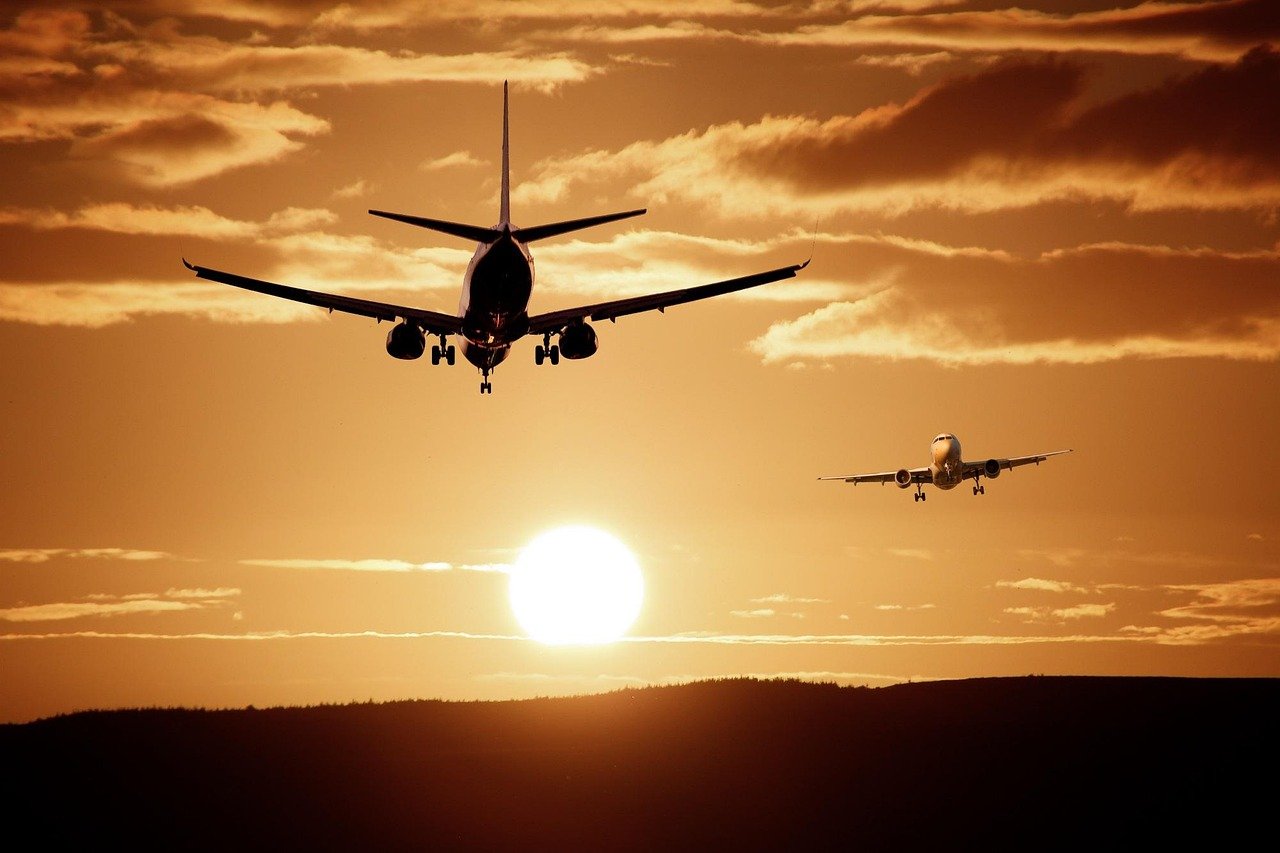
Let’s be real: flight prices make zero sense sometimes. One day a ticket is $250, the next day it jumps to $600 — for the same seat. If you’ve ever rage-closed a booking tab after watching fares spike in minutes, you’re not alone. The truth is, airlines run on algorithms, not logic. But once you understand how the timing game works, you can save serious money — without obsessing over every fare drop.
This guide breaks it all down: when to book, what tools to use, and how to actually get the best deal based on real patterns, not just myths.
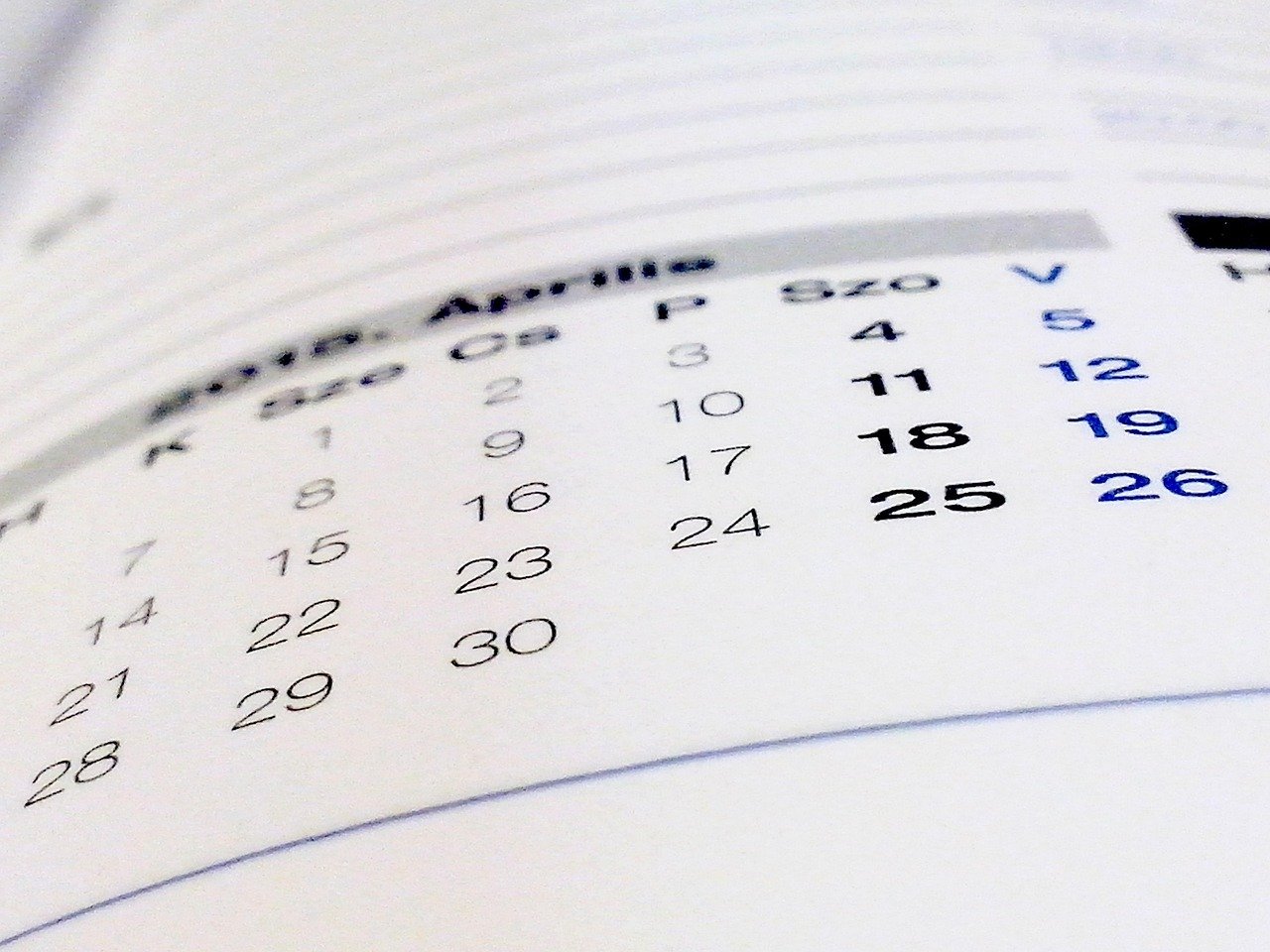
Flight prices aren’t random — they follow trends based on demand, season, and availability. Most airlines release tickets around 11 months in advance. Prices usually start high, dip lower as demand stabilizes, then spike again closer to the departure date.
Here’s what’s happening behind the scenes:
Timing your booking right is the key to locking in lower fares before prices start rising.
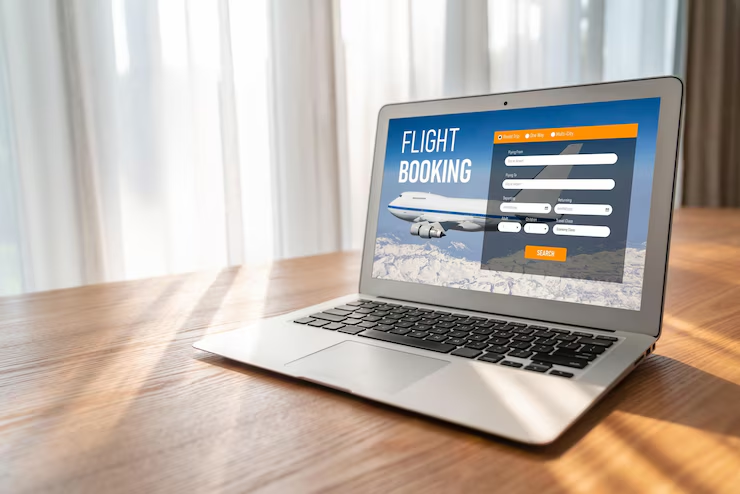
If you’re flying within your country, the golden window tends to be:
✈️ About 1.5 to 2 months before departure.
Why this works:
Exceptions to the rule:
💡 Pro tip: Flying a low-cost carrier? Their pricing models are different — sometimes the earlier, the better.
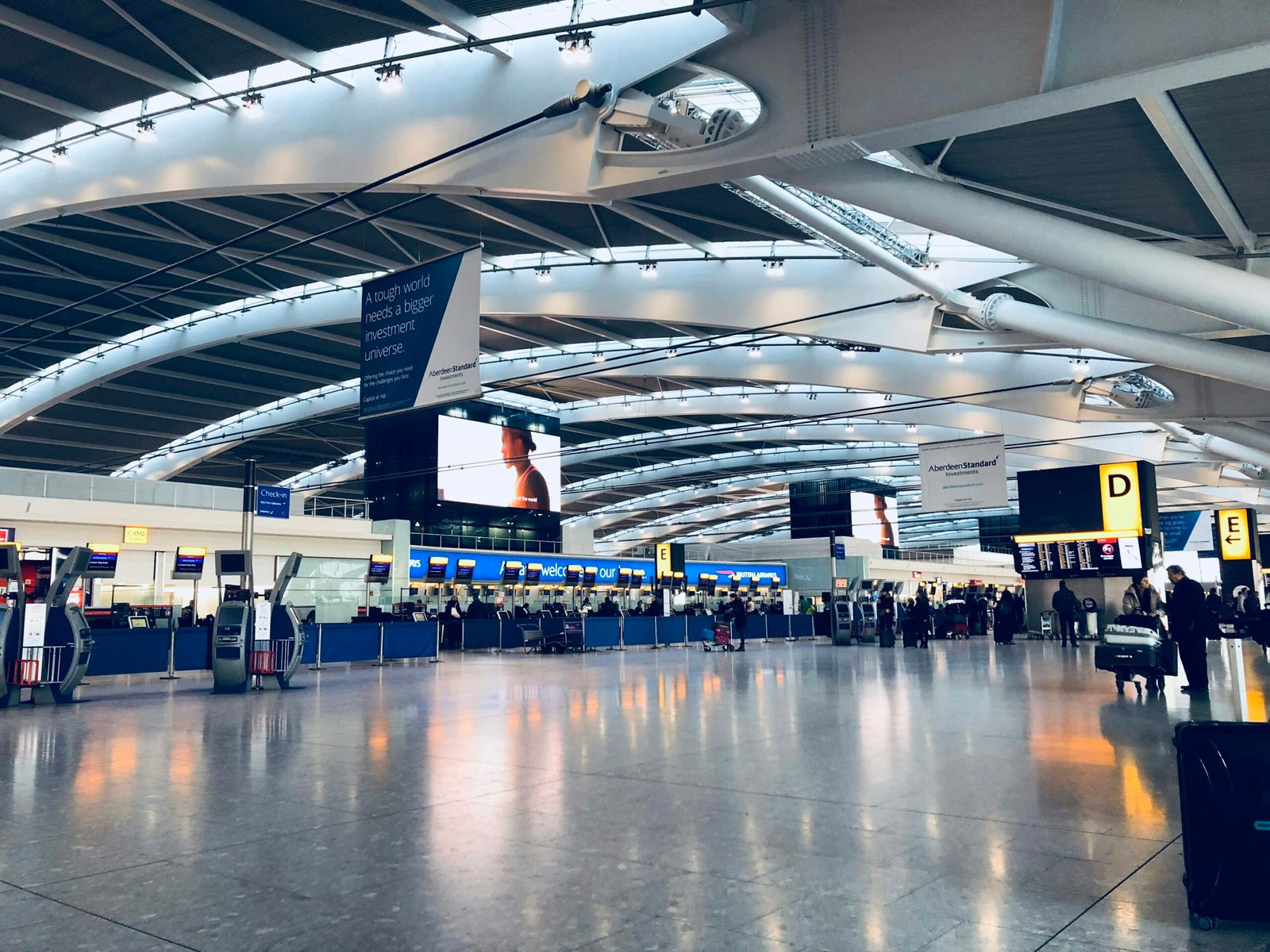
When it comes to flying internationally, you’re playing a different game.
🗺️ The best time to book international flights is usually 2 to 5 months in advance.
Here’s why:
Some examples:

This one always gets asked: “Is Tuesday still the best day to book?”
✔️ Yes — but it’s not magic.
Tuesday and Wednesday are statistically when airlines update or release sales — especially after the weekend data rolls in. But prices still change frequently, so it’s not a guarantee.
Best days to check for flights:
Avoid:
If you want one place to compare flights across dozens of airlines, filter by baggage allowance, stopovers, or flight duration, Booking.com’s flight search is worth checking out. You’ll see real-time prices, alternative dates, and even exclusive web deals that don’t always show up elsewhere.
🎟️ Pro tip: Use Booking’s “Compare across days” calendar to spot which dates are cheaper — it’s especially useful for flexible travelers.
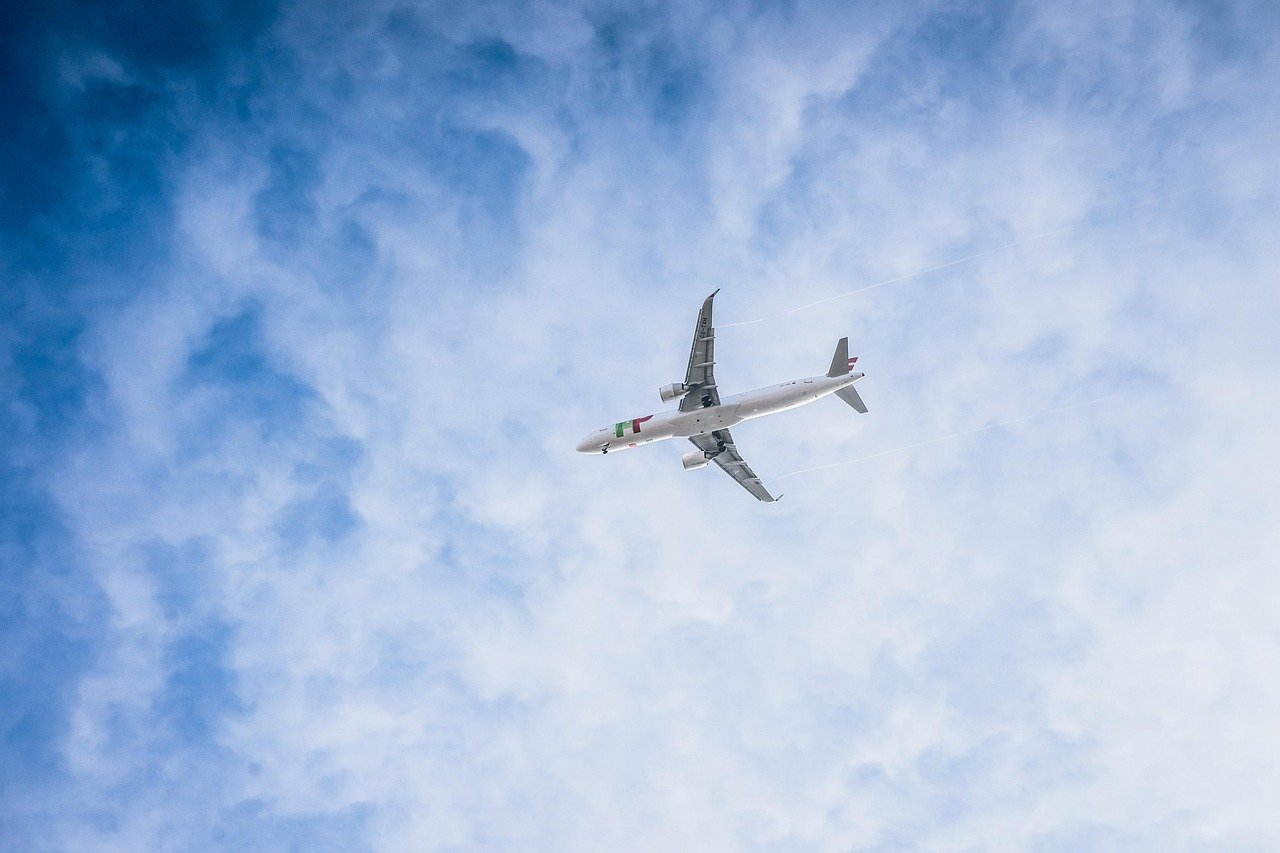
Want cheaper tickets? Fly when nobody else wants to.
📉 Cheaper days to fly:
📈 More expensive:
Flying midweek also means:
Looking for multi-city or budget routes? Kiwi.com often finds cheaper combos by mixing airlines you wouldn’t normally think to pair.
Some times of year are just plain expensive. Even if you book months out, you’ll be competing with everyone else.
If you have to travel during these times, book at least 3–6 months early.
You don’t have to manually check prices every day — use tools that do the hard work for you.
Set alerts for your routes and travel dates — you’ll get notified when prices drop. Then book fast.
🔍 Search Flights to Europe Deals Now
Set your dates, track prices, and book smart — before fares spike.
Yes, we’re all trying to save. But sometimes paying a bit extra is the better call.
💡 Worth it if:
Always compare the full cost — sometimes “cheap” tickets add up when you factor in baggage fees, long layovers, or transit visas.
| Trip Type | Best Booking Time | Notes |
|---|---|---|
| Domestic Flights | 6–8 weeks before | For most routes, mid-week flights help |
| International | 2–5 months before | Summer and holidays = book earlier |
| To Fly Cheap | Tues, Wed, Sat (early) | Midweek flights = lower demand |
| To Book Cheap | Tuesday or Wednesday | Track prices and book during drops |
The cheapest flights go to the travelers who plan, not panic. By watching patterns, using fare alerts, and being flexible when you can, you’ll stop overpaying and start booking like a pro.